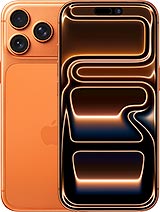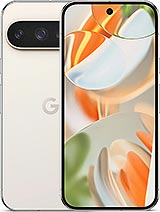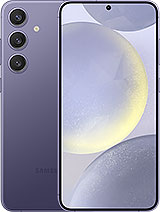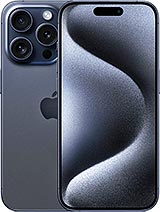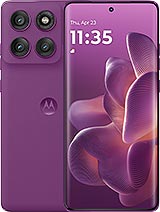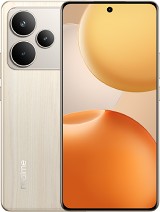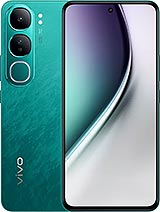Google Pixel 9 alternatives
Tap above to see alternatives.
Vivo Y300 alternatives
Tap above to see alternatives.
Google Pixel 9
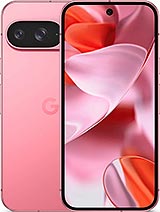
Google Pixel 9
-
Tensor G4
4 nm
-
4700 mAh
27W
-
6.3"
1080 x 2424 pixels
-
50 MP
4K@24/30/60fps
- Specs
1x3.1 GHz Cortex-X4
3x2.6 GHz Cortex-A720
4x1.92 GHz Cortex-A520
2x2.2 GHz Cortex-A78
6x1.95 GHz Cortex-A55
12GB 256GB (UFS 3.1)
8GB 256GB (UFS 2.2)
f/1.7, 25mm (wide), 1/1.31", 1.2µm, dual pixel PDAF, single-zone Laser AF, OIS
48 MP
f/1.7, 123˚ (ultrawide), 1/2.55", dual pixel PDAF
f/1.8, (wide), 1/1.95", 0.8µm, PDAF
2 MP
f/2.4, (depth)
1080p@24/30/60/120/240fps
f/2.2, 20mm (ultrawide), 1/3.1", 1.22µm, PDAF
f/2.5, (wide)
1080p@30/60fps
SIM1: Nano, SIM2: eSIM
SIM1: Nano, SIM2: Nano
23 5G bands
n1, n2, n3, n5, n7, n8, n12, n14, n20, n25, n26, n28, n30, n38, n40, n41, n66, n71, n75, n76, n77, n78, n79
8 5G bands
n1, n3, n5, n8, n28, n38, n40, n41
In this performance comparison, the Google Pixel 9 with its Google Tensor G4 (4nm) performs better than the Vivo Y300 with the Qualcomm Snapdragon 4 Gen 2 (4nm), thanks to superior chipset efficiency.
Google Pixel 9 offers 7 years of OS updates, whereas Vivo Y300 provides 2 years. For security updates, Google Pixel 9 offers 7 years of support compared to Vivo Y300's 3 years.
Both Google Pixel 9 and Vivo Y300 feature AMOLED displays, offering vibrant colors and deeper blacks. Both smartphones offer the same 120 Hz refresh rate. Google Pixel 9 also boasts a brighter screen with 2700 nits of peak brightness, enhancing outdoor visibility. Both phones have the same screen resolution.
Vivo Y300 features a larger 5000 mAh battery, potentially delivering better battery life. Vivo Y300 also supports faster wired charging at 80W, compared to 27W on Google Pixel 9. Google Pixel 9 supports wireless charging at 15W, while Vivo Y300 does not support wireless charging.
Google Pixel 9 offers better protection against water and dust with an IP68 rating.
- Vivo Y300 – Check price here
¹ Scores can vary even with the same chipset due to RAM, thermals, and software optimization.

